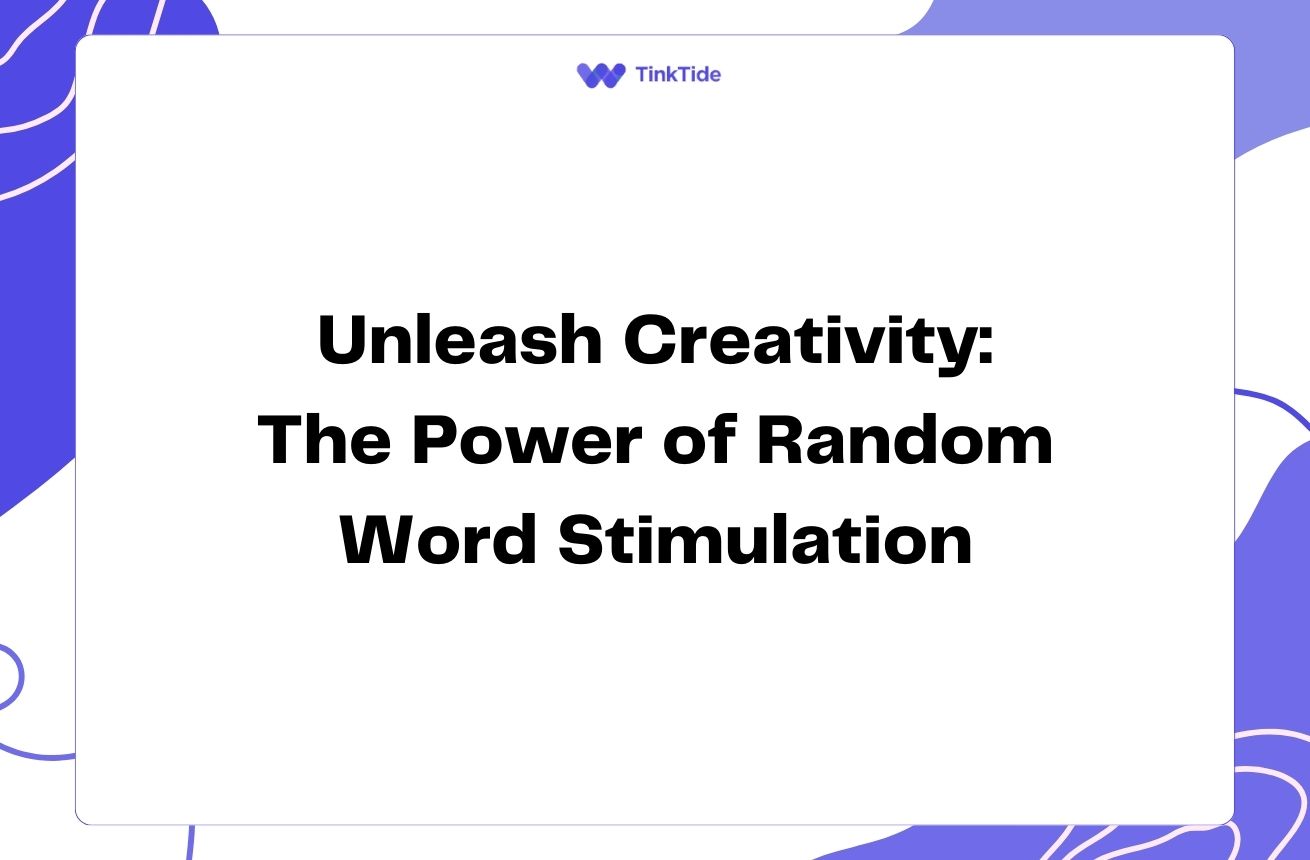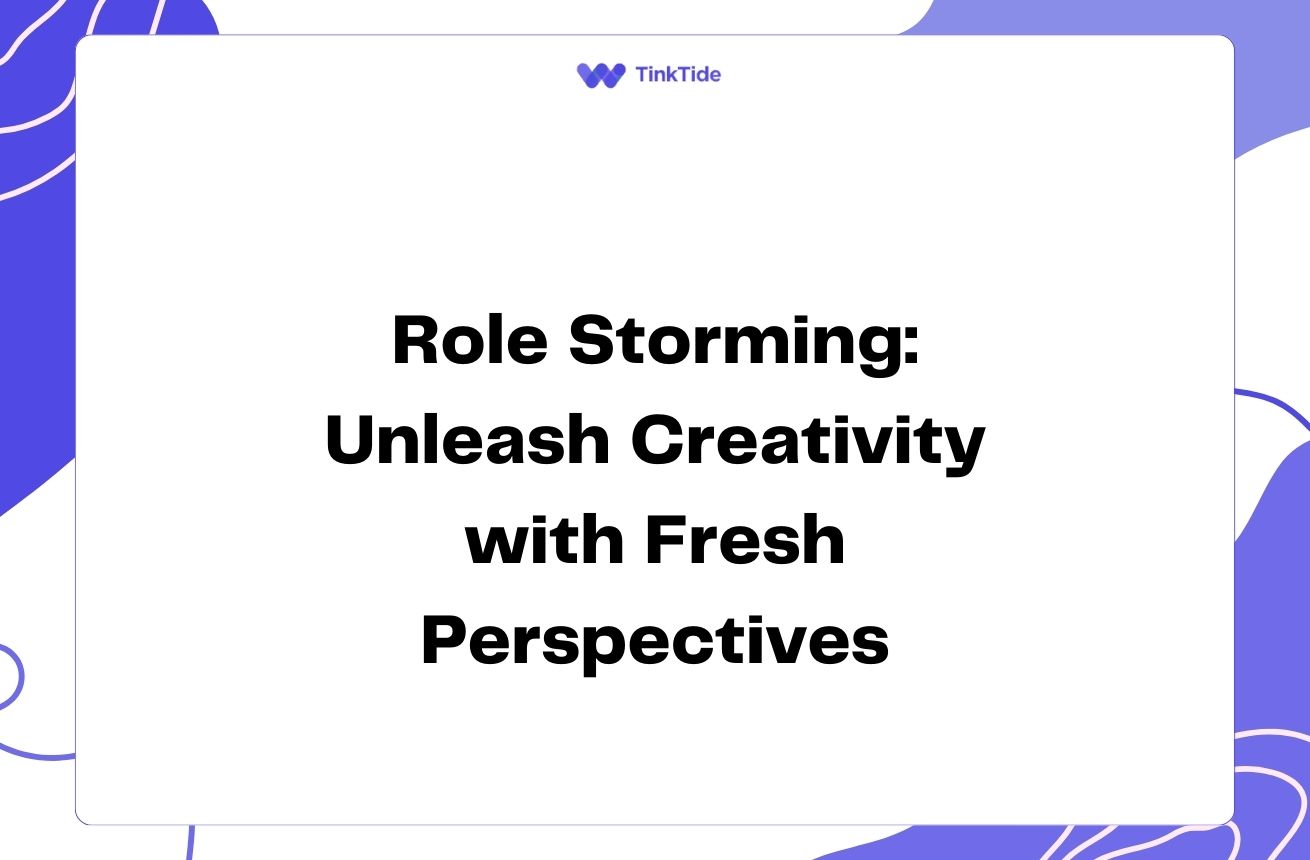Master Visual Brainstorming: A Step-by-Step Guide
Understanding Visual Brainstorming
Visual brainstorming is a powerful technique that combines the benefits of traditional brainstorming with visual elements to enhance creativity and idea generation. By incorporating visual aids, teams can better communicate complex ideas, identify patterns, and explore solutions more effectively.
This approach is particularly useful for tackling abstract problems, designing new products, or mapping out complex processes. Visual brainstorming leverages our brain's ability to process visual information quickly, leading to more innovative and diverse ideas.
To get started with visual brainstorming, you'll need some basic supplies like large flip charts, colorful markers, sticky notes, and perhaps a whiteboard. These tools will help participants express their ideas visually and collaboratively.
Preparing for the Session
Proper preparation is key to a successful visual brainstorming session. Start by clearly defining the problem or challenge you want to address. This will help focus the group's efforts and ensure productive outcomes.
- Choose a suitable space with ample wall space for hanging charts
- Gather necessary supplies (markers, sticky notes, flip charts)
- Invite a diverse group of participants to encourage varied perspectives
- Set a clear agenda and time frame for the session
- Prepare an icebreaker activity to warm up the group
Setting the Stage
As the facilitator, it's crucial to create an environment that encourages open communication and creativity. Start the session by explaining the purpose and expected outcomes. Establish ground rules that promote respect, active listening, and building on others' ideas.
Introduce the concept of deferring judgment, which is essential for brainstorming. Encourage participants to share all ideas, no matter how wild or unconventional they may seem. This approach fosters a safe space for creativity and innovation.
Consider using a quick warm-up exercise to get everyone in a creative mindset. For example, you could ask participants to draw their ideal workspace in two minutes, then share with the group. This activity helps break the ice and primes everyone for visual thinking.
Facilitating the Visual Brainstorming Process
Guide the group through the visual brainstorming process using a structured approach. This helps maintain focus and ensures all participants have an opportunity to contribute.
Start with individual ideation, where each person sketches or writes their ideas on sticky notes. This allows for independent thinking before group discussion. Encourage the use of simple drawings, diagrams, or mind maps to represent ideas visually.
Next, facilitate a group sharing session. Have participants post their ideas on a large surface, like a whiteboard or wall. As ideas are shared, encourage others to build upon them, creating visual connections between related concepts.
Use techniques like affinity mapping to organize ideas into themes or categories. This visual clustering helps identify patterns and potential solutions. Throughout the process, maintain energy and enthusiasm, praising creative contributions and fostering a positive atmosphere.
Leveraging Visual Thinking Techniques
Incorporate specific visual thinking techniques to enhance the brainstorming process. These methods can help participants approach problems from new angles and generate more innovative ideas.
- Storyboarding: Use sequential panels to visualize a process or user journey
- Mind mapping: Create a visual representation of ideas branching from a central concept
- Empathy mapping: Visualize user needs, behaviors, and pain points
- SCAMPER technique: Use prompts (Substitute, Combine, Adapt, Modify, Put to another use, Eliminate, Reverse) to generate ideas
- Crazy 8s: Rapidly sketch eight variations of an idea in eight minutes
Capturing and Synthesizing Ideas
As the session progresses, it's important to capture and synthesize the generated ideas effectively. Assign a team member to document the process, taking photos of visual outputs and noting key discussion points.
Use digital collaboration tools to create a virtual representation of the physical brainstorming space. This allows for easy sharing and further development of ideas after the session.
Towards the end of the session, guide the group in synthesizing the most promising ideas. Use dot voting or other prioritization techniques to identify top concepts for further exploration. Create a visual summary of the session's outcomes, highlighting key insights and next steps.
Follow-up and Implementation
The work doesn't end when the brainstorming session is over. Proper follow-up is crucial for turning ideas into action. Schedule a debrief meeting to review the session's outcomes and decide on next steps.
Create a visual action plan that outlines responsibilities, timelines, and key milestones for implementing the chosen ideas. This keeps the momentum going and ensures the brainstorming efforts lead to tangible results.
Consider creating a digital whiteboard or project management space where team members can continue to collaborate and develop ideas asynchronously. This extends the brainstorming process beyond the initial session and allows for ongoing refinement of concepts.
Address common questions
Here are some frequently asked questions about facilitating visual brainstorming sessions:
How long should a visual brainstorming session last?
A typical session can last anywhere from 60 to 90 minutes. However, for complex problems, you might consider breaking it into multiple shorter sessions to maintain energy and focus.
What if some participants are not comfortable with drawing?
Emphasize that artistic skill is not important. Simple stick figures, basic shapes, and words can be just as effective. Encourage participants to focus on expressing ideas rather than creating polished artwork.
How can I ensure equal participation in a visual brainstorming session?
Use techniques like round-robin sharing or timed individual ideation to ensure everyone has a chance to contribute. As a facilitator, actively encourage quieter participants and manage more dominant voices.
What's the ideal group size for visual brainstorming?
Aim for groups of 5-8 people. This size allows for diverse perspectives while still being manageable. For larger teams, consider breaking into smaller subgroups that can later share their ideas with the whole group.
How can I adapt visual brainstorming for remote teams?
Use online collaboration tools like Miro, Mural, or Google Jamboard that allow for virtual whiteboarding. Ensure all participants are familiar with the chosen tool before the session, and consider using video conferencing to maintain personal connection.
What if the group gets stuck or runs out of ideas?
Introduce new stimuli or constraints to spark creativity. You could present a random image, word, or object and ask how it relates to the problem. Alternatively, try reversing the problem statement or introducing a 'what if' scenario to shift perspectives.
Provide additional resources
The Back of the Napkin
A book by Dan Roam on solving problems and selling ideas with pictures
IDEO's Design Thinking Resources
A collection of tools and methods for creative problem-solving
Gamestorming
A playbook for innovators, rule-breakers, and changemakers
Visual Thinking: Empowering People & Organizations through Visual Collaboration
A comprehensive guide to visual thinking techniques
Miro Templates
Ready-to-use templates for various visual brainstorming and ideation techniques
Summarize key takeaways
Visual brainstorming is a powerful tool for enhancing creativity, improving communication, and solving complex problems. By following this step-by-step guide, you can facilitate productive sessions that engage participants and generate innovative ideas.
Remember to create a supportive environment, use a variety of visual thinking techniques, and ensure proper follow-up to turn ideas into action. With practice, you'll become more comfortable leading these sessions and unlocking your team's creative potential.
Start implementing visual brainstorming in your next team meeting or problem-solving session. You'll be amazed at the depth of ideas and solutions that emerge when you harness the power of visual thinking.
Elevate Your Team's Creativity
Ready to transform your brainstorming sessions? Try our collaborative platform for free.
Start Your Free Trial

